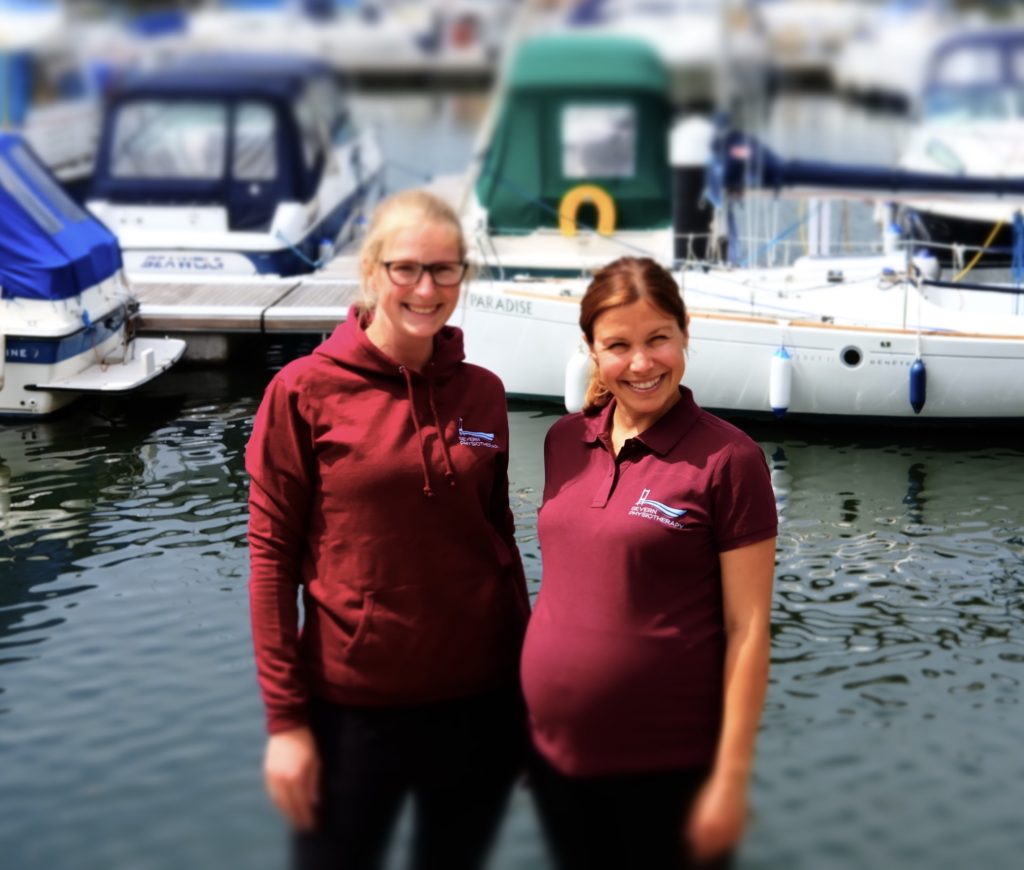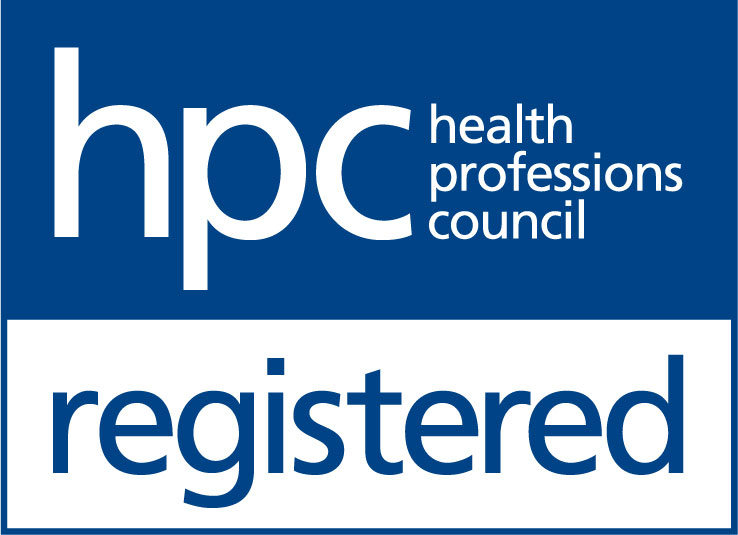
As we age there are a number of changes which occur in our bodies. One of these changes is the loss of muscle mass, otherwise known as ‘sarcopenia’. A result of this is muscle weakness, loss of strength and power and finding activities that you used to manage becoming more challenging. Unfortunately this can create a negative spiral as you find things harder so you do less and therefore your muscles further weaken and so it goes on.
Use it or lose it is the key phrase here!
If you have a sedentary lifestyle with or without sarcopenia your muscles will lose mass and become weaker. Dangers of weaker muscles include increasing the risk of falling over and suffering a fracture and needing hospital admission and then further reduced activity levels. Also being able to do less can affect your mood and make you feel socially isolated and low in mood. This again can have the effect of being even less able to be active and again another cycle occurs.
So as we age it is even more important to remain active and partake in strengthening exercises to help limit the effects of sarcopenia and in some cases even reverse the changes! Along with an appropriate diet exercise is very effective.
The NICE guidelines recommend the following for older adults:
* doing an activity which makes you moderately out of breath (6-7/10) for 30 minutes 5 times a week.
* balance exercises on 2 days of every week.
* muscle strengthening exercises on 2 days of every week.
Reference: https://www.nice.org.uk/guidance/ph44/chapter/1-Recommendations
What you can do about it
Examples of what activities you might try for these 3 types of exercise are dependent on your current health status. Here are some examples:
Aerobic: hoovering, walking up and down the stairs, walking uphill, cross trainer, cycling…anything which makes you out of breath.
Balance exercises: standing on one leg, walking in a line like you are on a tightrope, dancing.
Strengthening exercises: using weights, lifting the shopping, using theraband as prescribed by a physio, straightening your knee when sitting on a chair and slowly lowering to the ground.
All of these activities are generic examples and this advice is general. You should always consult a health care practitioner before starting a new exercise regime.
So please book in to see a physiotherapist if you are finding activities more challenging or you feel you are less steady on your feet as you get older. It’s never too late to start!



